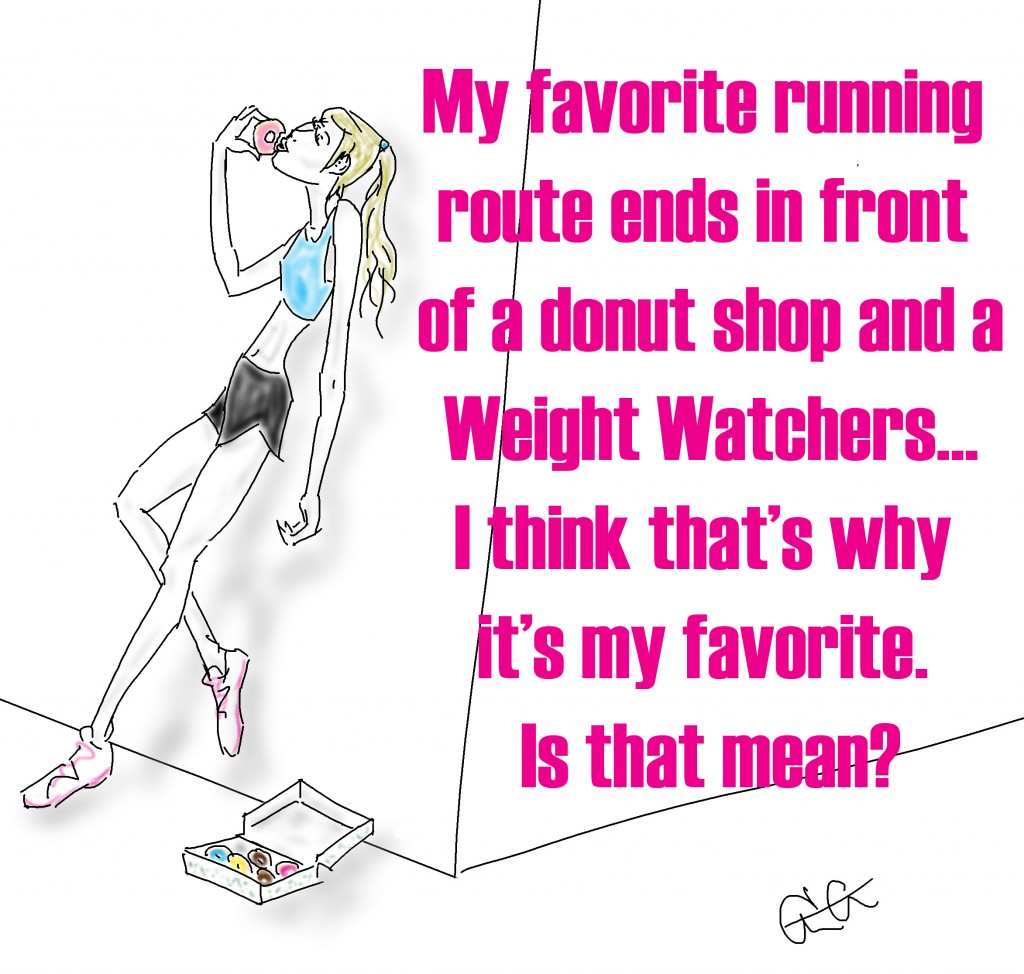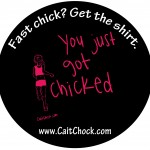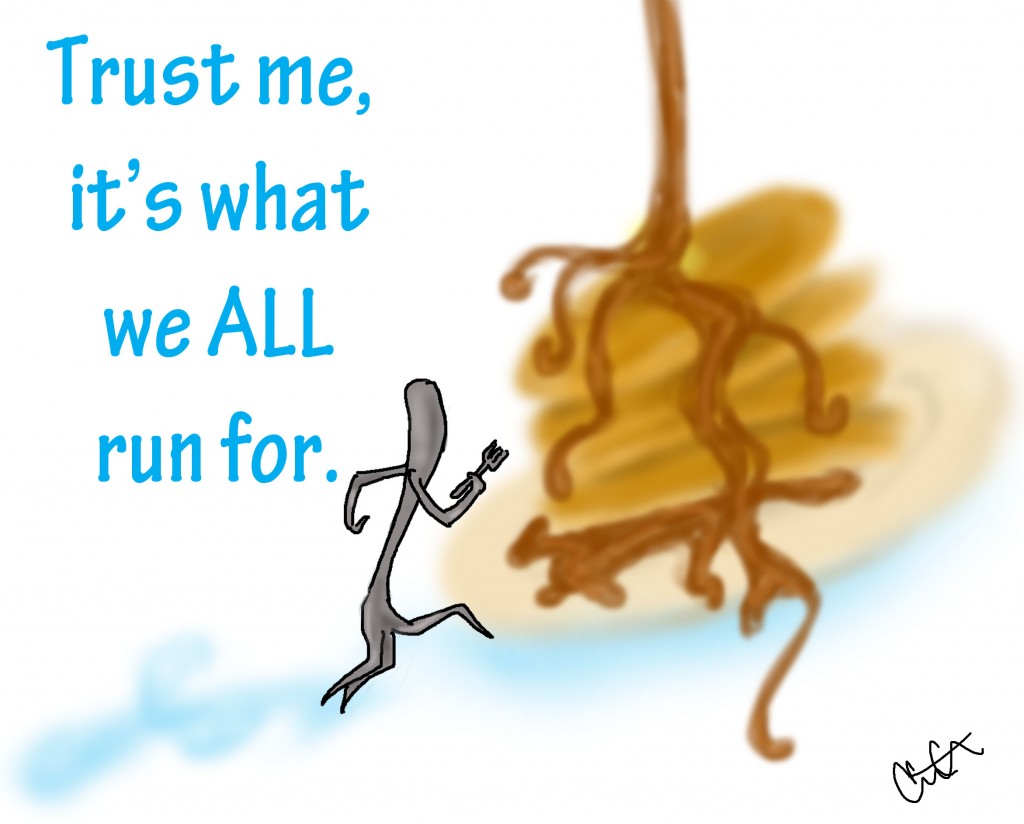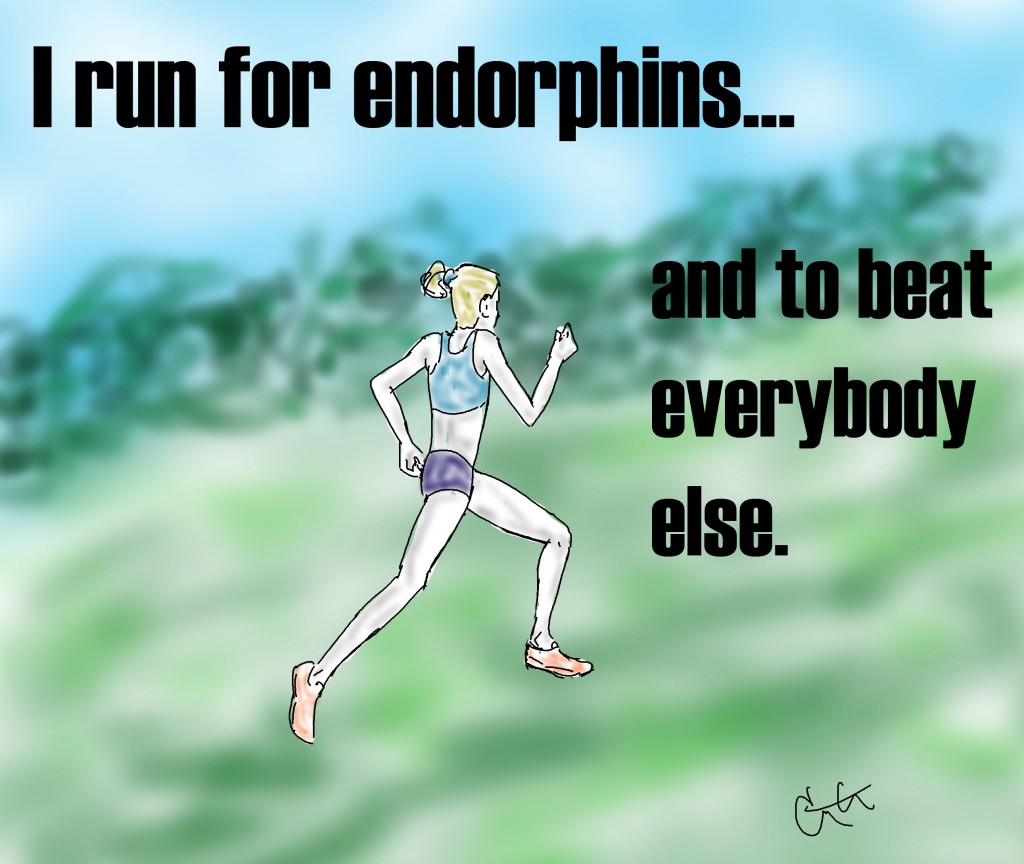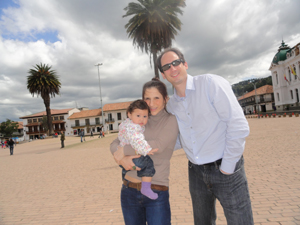 To run and race your best it’s critical you’ve got the right mindset. Dr. Jim Afremow has made it his mission to help runners and athletes of all sports hone their mental training. Just as important and the physical workouts, an athlete’s mind can create a champion or turn into one’s own worst enemy. I wanted interview Dr. Afremow both because I respect his body of work and level of expertise and also because, let’s be honest, the psychology of our sport in straight-up fascinating! Often time elite athletes have trouble putting into words exactly how they get into gamer mode…so read on to hear a mental game’s coach put words to the ability:
To run and race your best it’s critical you’ve got the right mindset. Dr. Jim Afremow has made it his mission to help runners and athletes of all sports hone their mental training. Just as important and the physical workouts, an athlete’s mind can create a champion or turn into one’s own worst enemy. I wanted interview Dr. Afremow both because I respect his body of work and level of expertise and also because, let’s be honest, the psychology of our sport in straight-up fascinating! Often time elite athletes have trouble putting into words exactly how they get into gamer mode…so read on to hear a mental game’s coach put words to the ability:
JIM AFREMOW, Ph.D.
1) What got you started in athletics, and what were your favorite sports growing up?
I grew up on sports and physical activity primarily through my father who appreciated the importance of having an active lifestyle. He especially enjoyed hiking, mountain climbing, and participating in Masters track and field. As a youth, my favorite sports included track and field, soccer, and golf.
2) How did you foray into becoming a mental games coach and working on the sports psychology end of the spectrum?
Sports psychology provides the perfect opportunity to bridge two of my passions: sports and psychology. I have always been fascinated by human behavior and how all of us can learn to reach our greatest potential. I earned a doctorate in sports psychology and a Master’s in counseling, both at Michigan State University.
3) You work with a variety of athletes in different sports, but in working with runners what are some of the most common mental hurdles they struggle with?
Mental toughness is equally import to physical strength when it comes to shining in sports. Adversity strikes all athletes in different ways at different times. Runners must learn how to stay focused and confidently move through any kind of setback, such as a mental block, performance plateau, prolonged slump, or injury. They must also develop ways to reduce off-field issues or concerns that interfere with their training and races.
4) Confidence is a big one with runners and racing, and confidence tends to ebb and flow, be it after bad workouts or ongoing injuries. What are some of the techniques you use to help runners rebuild and remain confident in themselves and their abilities?
Confidence is a beautiful thing! Confidence in yourself and your athletic ability is critical to performing your best when it matters most. One strategy for boosting your confidence is to remember a particular occasion when you triumphed over a difficult challenge and write about how you made it happen—memory is the prelude to memorable performances.
5) Race day nerves tends to be another big one, what are some of your suggestions for keeping your racing nerves in check?
First and foremost, understand that pre-performance anxiety is how our body readies itself to perform at its peak. So, recognize anxiety for what it is―that’s how humans are made. If you know that, it helps to normalize race day nerves. My new book The Champion’s Mind presents scores of practical tips to help you harness anxiety and use it to your advantage.
6) In running and in athletics in general what is something you feel is an especially crucial mental component in being your best, if not THE best?
Have a big-picture goal and chip away at each and every day. “When you’re good at something, make that everything,” said tennis legend Roger Federer. All it takes is all you’ve got!
7) What’s your favorite mental tip for runners to race and run their best?
During competition, the key word is “performance” because if you focus on performing (rather than on any results or other extraneous factors), then you’re totally in the present. Being in the present and staying purposeful lets you “own the moment” and maximize your abilities.
8) What was the greatest lesson or piece of advice you’ve been given either from a mentor, teacher, or athlete that you’ve applied to your work?
One important lesson is that we either win or we learn. Forget about losing and focus on continual improvement. Give yourself credit where credit is due and celebrate what you did well. But then if you didn’t do as well as you wanted, say, “What did I learn from this that’s going to help me perform better next time?”
9) Tell us about your book, your services, and your website?
The title of my new book is, “The Champion’s Mind: How Great Athletes Think, Train, and Thrive” (Rodale, 2014). The Champion’s Mind explains “what” athletes can do to champion themselves and “how” they can do it. That is, how athletes can fine-tune their game mentally and emotionally to consistently perform at their best. If you want to discover how great you can be and how much fun you can have in your sport, don’t leave the mental game to chance or circumstance.
So, I provide individual and team sports psychology services for personal excellence, peak performance, and team success. Although my private practice is located in Phoenix, I work with athletes from all over the world. Important topics include confidence, concentration, composure, communication, and commitment. All athletes can and should learn how to think like a champion. For more information, please visit my website: www.goldmedalmind.net.
10)Ultimately, what is your goal in being a sports performance specialist? What gives you the most sense of pleasure and fulfillment?
To help people reach their true and full potential in sports and all other demanding endeavors. To help people grow as athletes and as people. Champions think gold and never settle for silver or bronze. They understand that personal best is their ultimate victory. Why settle for anything less?


